Foods That Bring Good Luck and the Traditions That Made Them Famous
Throughout history, various cultures have intertwined food with the concept of luck, especially during festive occasions. Traditional dishes, often prepared for festivals and significant life events, are rich in symbolism and ritual. This global tapestry of culinary customs highlights how certain foods are celebrated not just for their taste but for the auspicious promises they embody. For instance, in Spain, consuming 12 grapes at midnight on New Year’s Eve is believed to bring luck for each month of the coming year. Similarly, in Italy, lentils are eaten to symbolize prosperity, as their coin-like appearance is associated with wealth. These traditions underscore the deep-rooted connection between food and fortune across different societies.
1. Black-Eyed Peas
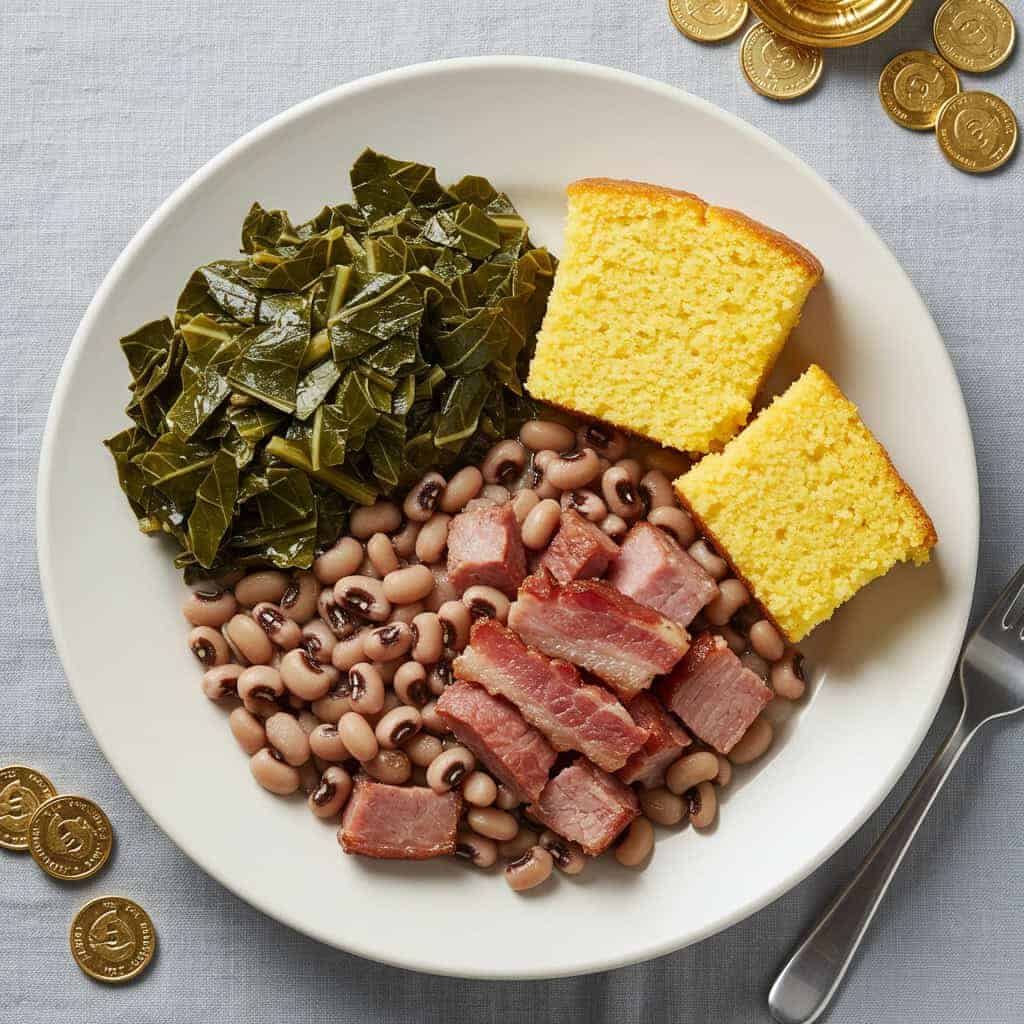
A staple in Southern U.S. New Year celebrations, black-eyed peas are believed to bring prosperity and luck. The traditional dish, Hoppin’ John, combines these peas with pork, such as ham hocks or bacon, and is often served with collard greens and cornbread. The peas symbolize coins, the greens represent money, and the cornbread signifies gold. This practice is rooted in African American history and has been a cherished tradition for generations. (foodnetwork.com)
2. Fish
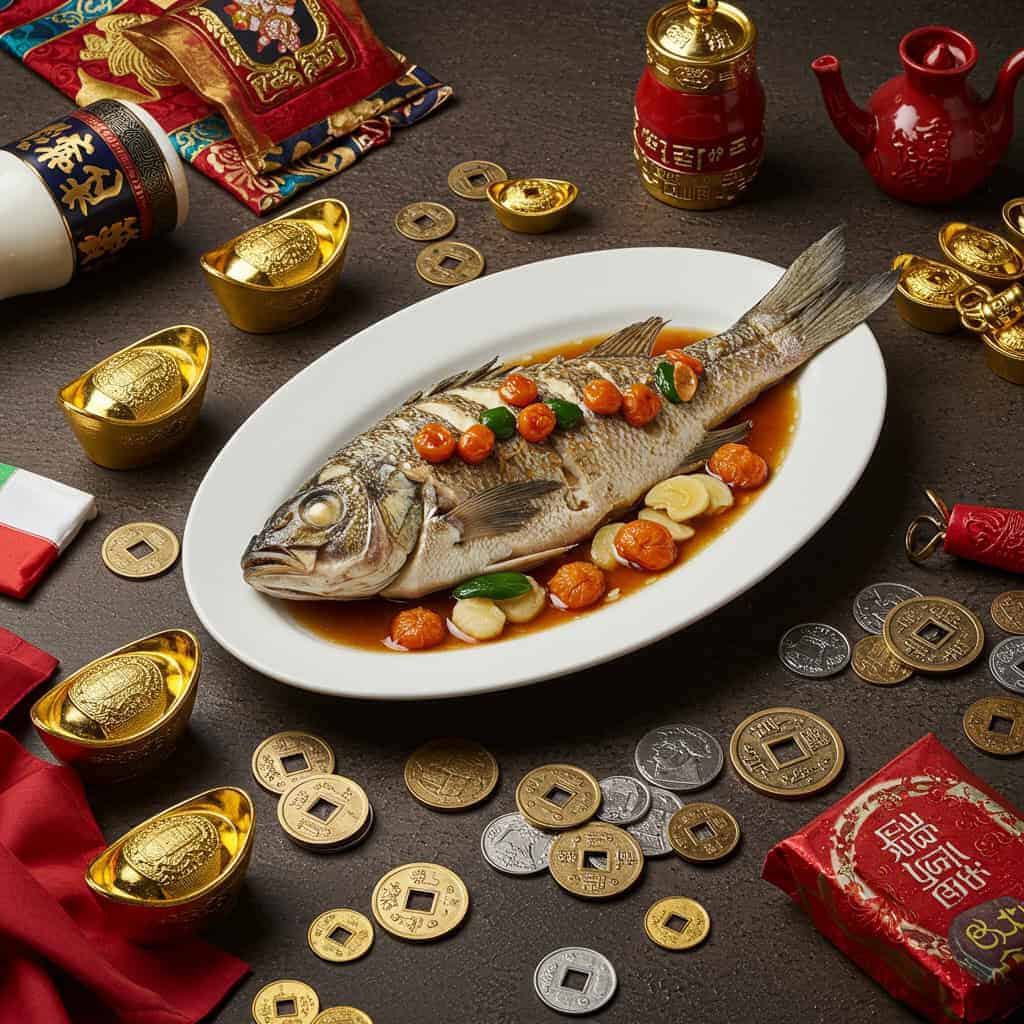
In many cultures, fish symbolizes progress and wealth. Their scales resemble coins, and their forward movement is seen as a sign of advancement. In Chinese New Year, steamed fish is a must, symbolizing abundance and surplus. The word for fish, “yu,” sounds like “surplus,” reinforcing this belief. In Italy and Poland, fish is central to important religious feasts, carrying wishes for prosperity and unity. The type and preparation may vary, but the hope for good fortune remains universal. (smithsonianmag.com)
3. Lentils
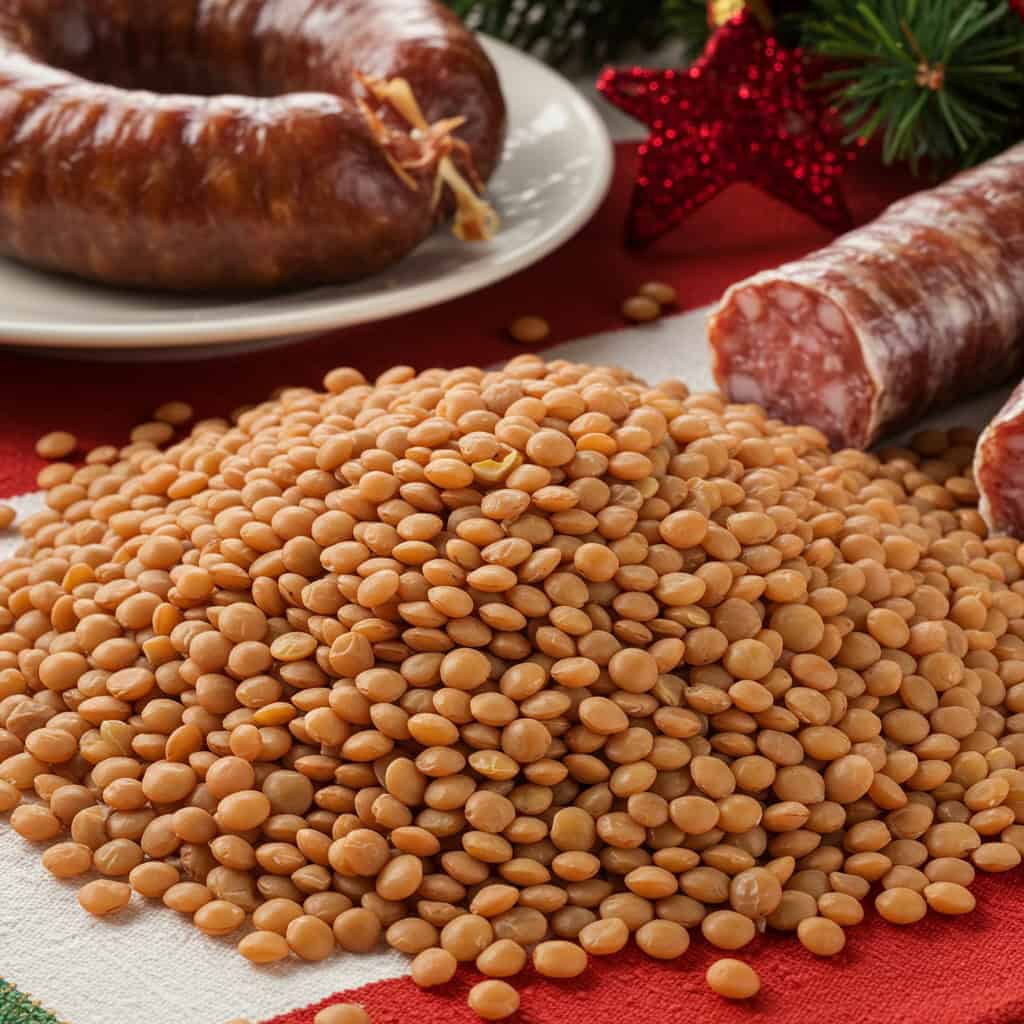
Round and coin-like, lentils are seen as miniature symbols of money. In Italy, eating lentils at New Year’s symbolizes hopes for financial growth in the coming year, often paired with cotechino sausage. Brazil also features lentils in their traditional New Year’s meals. Their ancient association with prosperity stretches from Roman times to tables today, proving their lucky reputation is firmly rooted in history. (npr.org)
4. Grapes

A Spanish tradition, known as ‘Las Doce Uvas de la Suerte,’ involves eating twelve grapes at midnight—a grape for each chime of the clock and for each month to come. This quirky custom began in Madrid in the early 20th century and has spread across Spanish-speaking countries. People hope sweetness and good luck will follow, provided all the grapes are eaten on time—otherwise, superstition says misfortune will loom. (nationalgeographic.es)
5. Noodles

In Chinese and Japanese cultures, long noodles represent longevity and a long, prosperous life. Dishes like ‘yi mein’ or ‘longevity noodles’ are served unbroken at birthdays and New Year because breaking them symbolically shortens life. Similar traditions are found in Vietnam and Korea. The importance of not cutting noodles while eating highlights just how deeply intertwined food and fate are in these societies. For more on this tradition, see: The complicated story behind longevity noodles, a popular Lunar New Year dish
6. Pomegranate
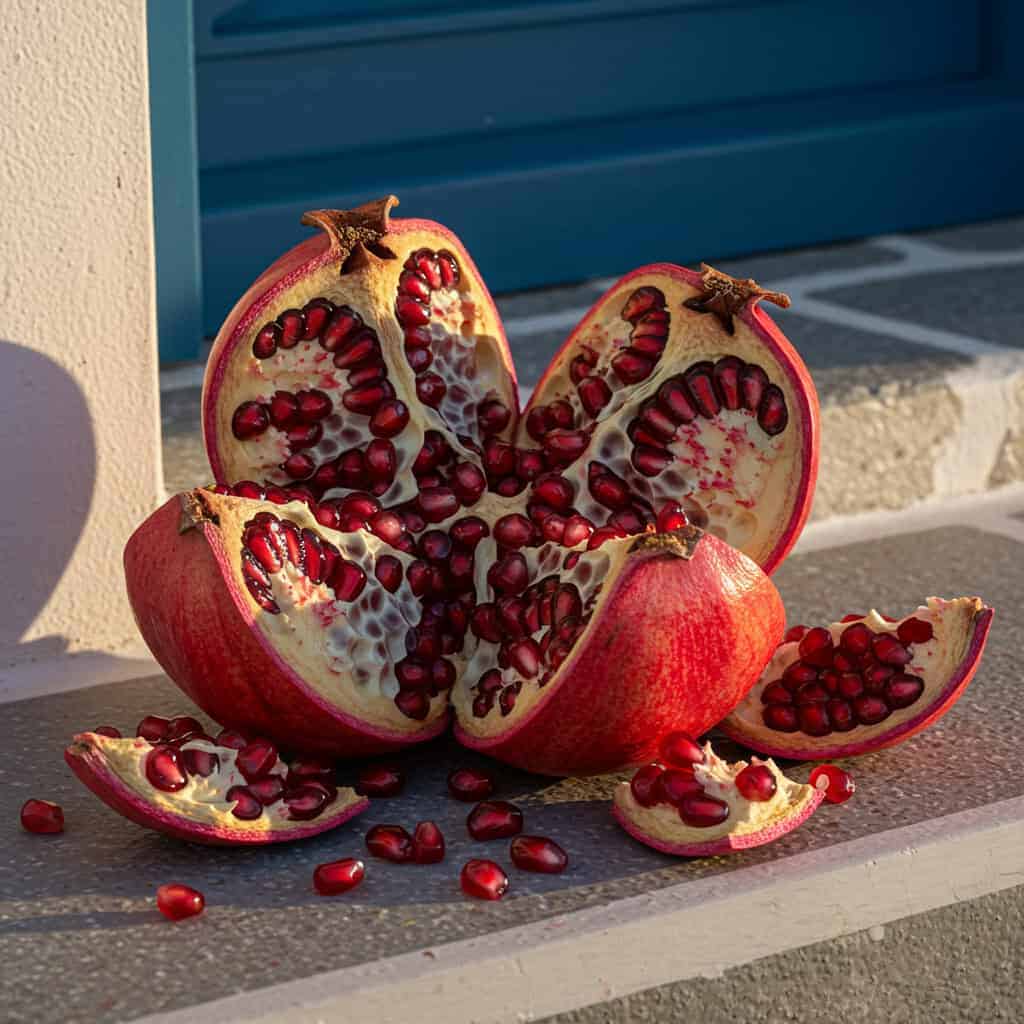
Prized for its jewel-like seeds, the pomegranate is associated with fertility, abundance, and renewal. In Greece, it’s tradition to smash a pomegranate on the doorstep during New Year’s for a prosperous year. In Persia and Armenia, pomegranates symbolize blessings and good luck at weddings and other major events. Its lush red color and overflowing seeds evoke an image of enduring prosperity. (dawn.com, amtravel.am)
7. Pork

Pigs represent progress because they root forward, rather than back, and are seen as symbols of abundance in many cultures. In Germany and Austria, pork is served at New Year’s for luck, while marzipan pigs (‘Glücksschwein’) are gifted for good fortune. In the American South, pork is found alongside lucky collards and black-eyed peas. The tradition relates not just to superstition, but to hearty feasts marking new beginnings. (germanmarylanders.org, history.com)
8. Round Cakes and Baked Goods

Round desserts signify the cycle of life and unity. In Greece, ‘Vasilopita’ cake with a hidden coin inside brings luck to whoever finds it on New Year’s Day. The French enjoy ‘Galette des Rois,’ and in Mexico, ‘Rosca de Reyes’ holds a small figurine. Similar customs appear worldwide, with the recipient of the token receiving a blessing or hosting a future feast, connecting families through generations-old rituals. For more on these traditions, see: Greek News Agenda, Cadbury Desserts Corner, Mexico News Daily
9. Rice
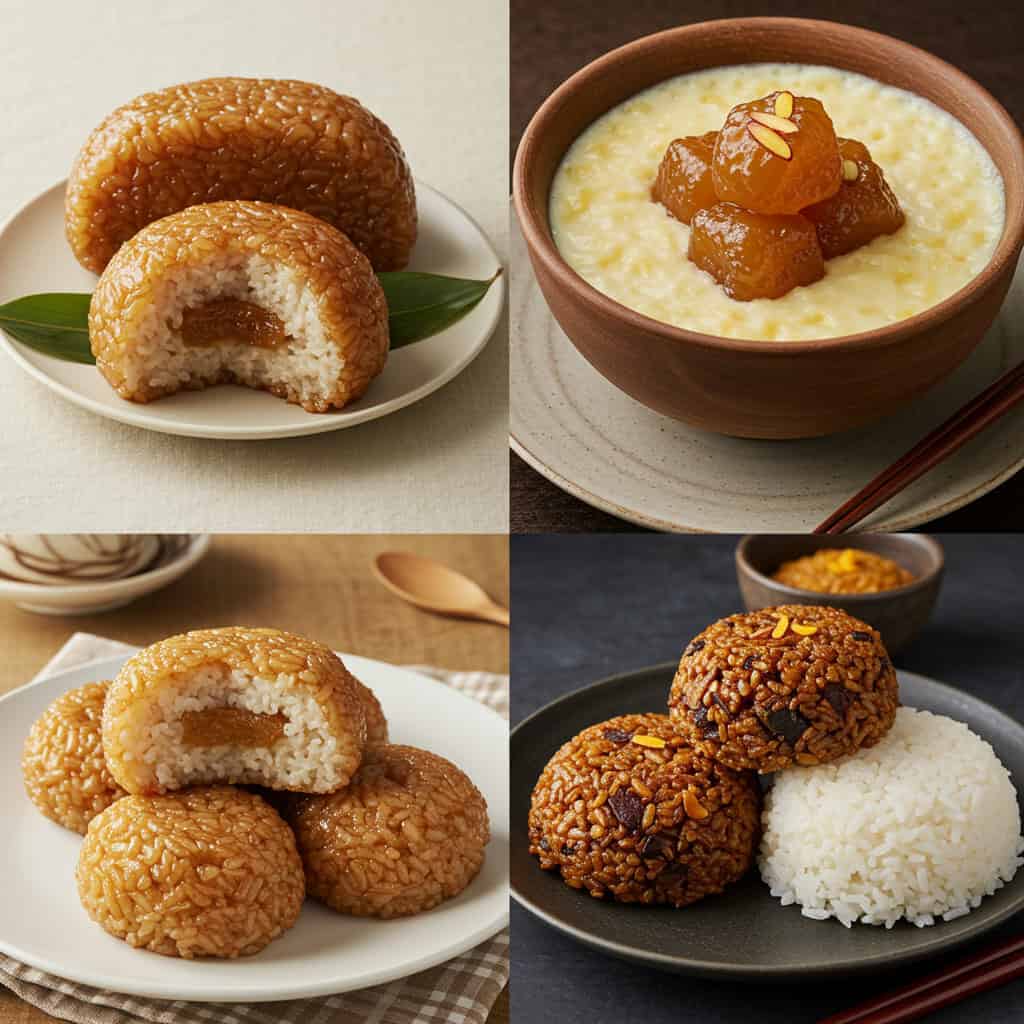
A universal symbol of fertility and life, rice features in lucky dishes worldwide. In Japan, ‘osechi ryori’ New Year meals include sticky rice cakes for wealth and longevity. Indian celebrations often highlight sweet rice puddings as offerings for blessings. In West African rituals, rice is shared to maintain family bonds. Its tiny grains, when multiplied, evoke wishes for collective prosperity and shared joy. For more on rice’s significance in New Year’s traditions, see: The Pioneer Woman, Brit + Co, Allrecipes
10. Greens

Greens like collards, kale, and cabbage are cherished as edible emblems of wealth due to their resemblance to folded money. In the southern U.S., collard greens are essential on New Year’s Day, offered alongside black-eyed peas and cornbread for a triple dose of luck. In Germany, savoy cabbage is cooked with sausage during festive meals. Their hearty textures and earthy flavor match their humble, hopeful symbolism. For more on these traditions, see: austinchronicle.com, foodnetwork.com, tastingtable.com
11. Dumplings
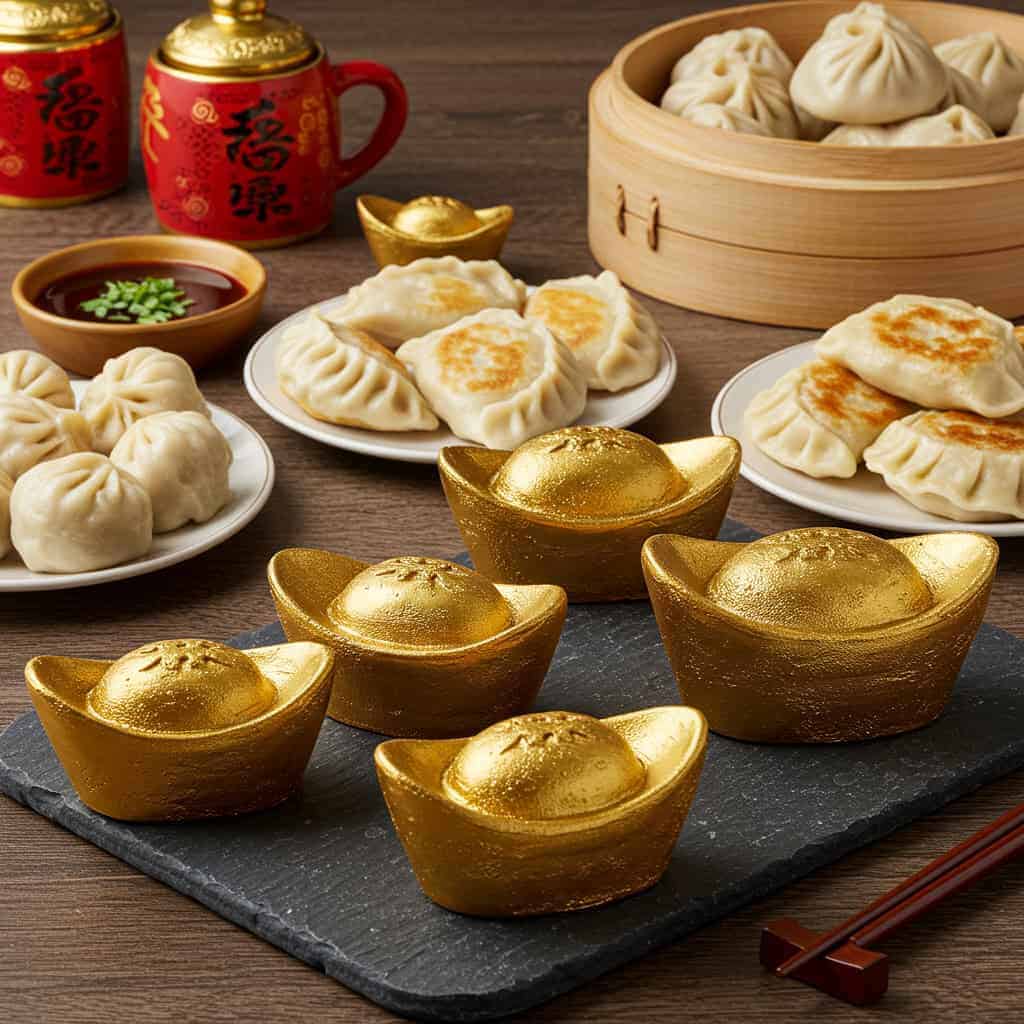
A staple of Chinese New Year, dumplings are shaped like ancient gold ingots, making them powerful bringers of wealth and fortune. Families gather and wrap dumplings together, a tradition as much about family unity as luck. Some cooks hide a coin inside for extra luck. Other cultures have similar customs—like pierogi in Poland or gyoza in Japan—making dumplings a worldwide symbol of prosperity and shared celebration. For more on these traditions, see: Rappler, The Independent, Simply Texan
12. King Cake

Famous during Mardi Gras in New Orleans, King Cake holds a hidden figurine inside; the lucky finder hosts the next party or receives special blessings. Its vibrant colors and festive decoration harken back to French and Spanish traditions, like ‘Galette des Rois.’ Each slice carries anticipation, joy, and an implicit wish for fun and prosperity in the year ahead, blending revelry with superstition. For more on this tradition, see: Smithsonian Magazine, Royal Tours New Orleans
Good Fortune Served Around the World
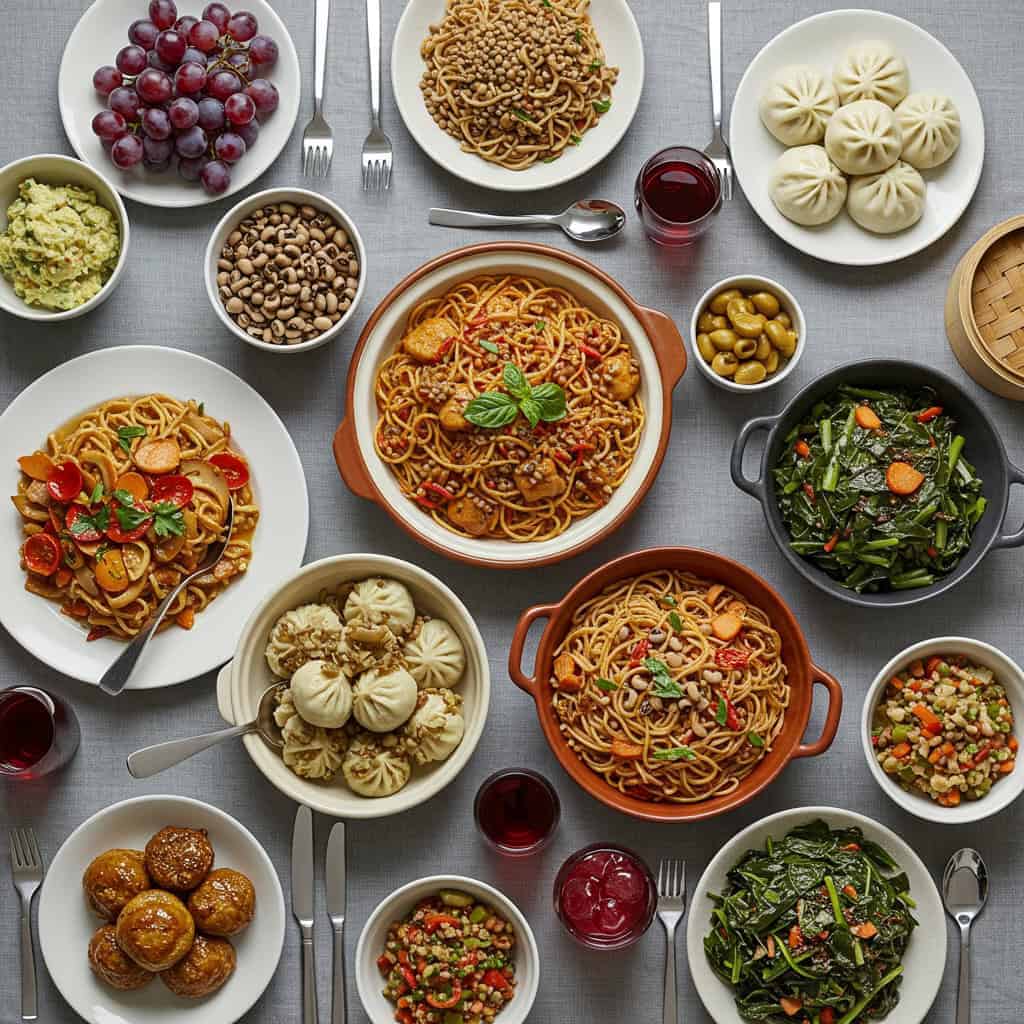
Food traditions symbolizing good luck and prosperity are cherished across cultures, reflecting a universal desire for abundance and unity. From Spain’s twelve grapes at midnight to Italy’s lentil dishes, these customs connect people through shared rituals. In China, dumplings and noodles represent wealth and longevity, while in the American South, collard greens and black-eyed peas are staples for a prosperous year. These culinary practices nourish not only the body but also dreams and relationships, making each meal a part of a centuries-old celebration. (nationalgeographic.com, forbes.com, en.wikipedia.org)
.article-content-img img { width: 100% }




